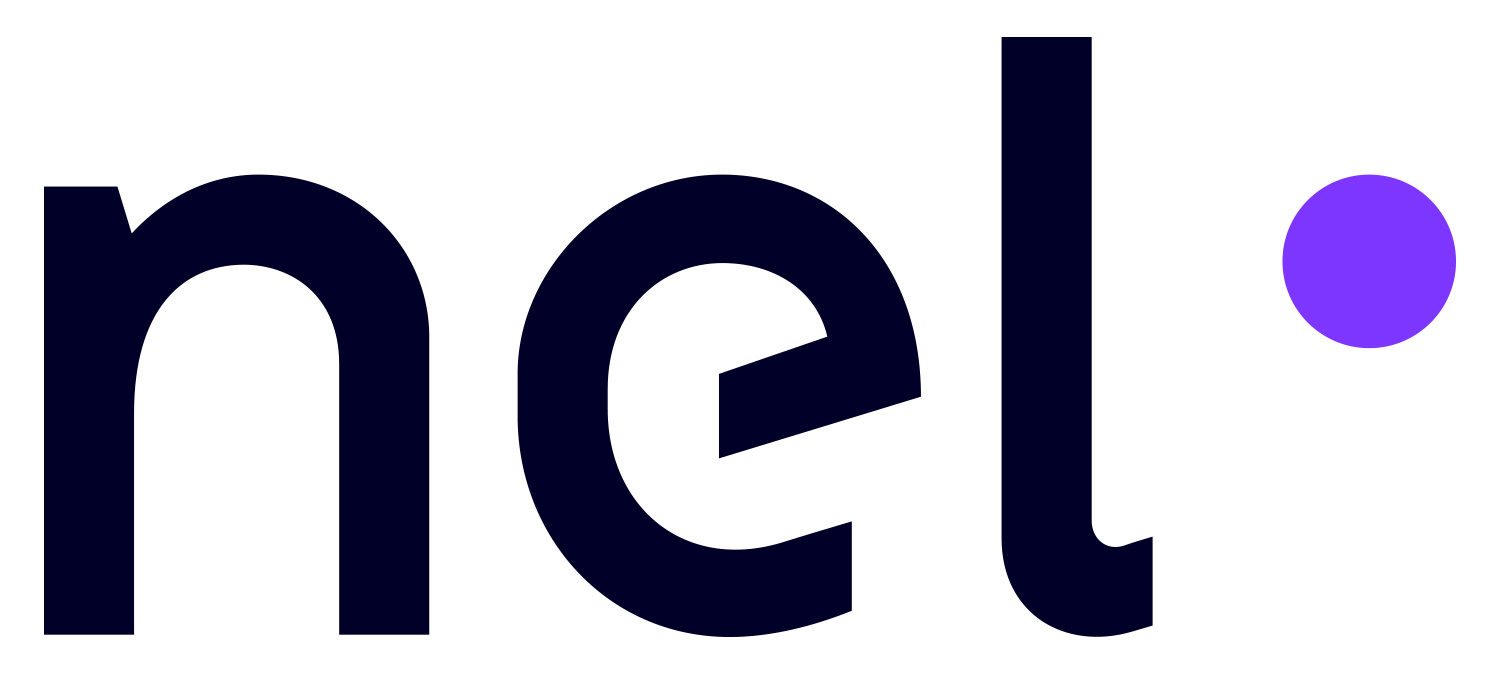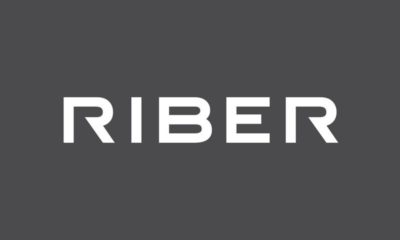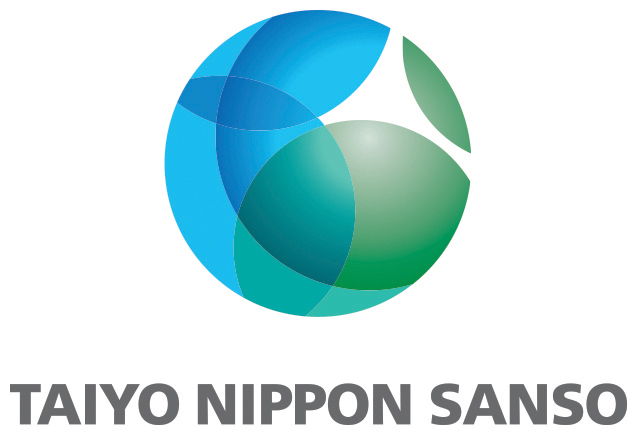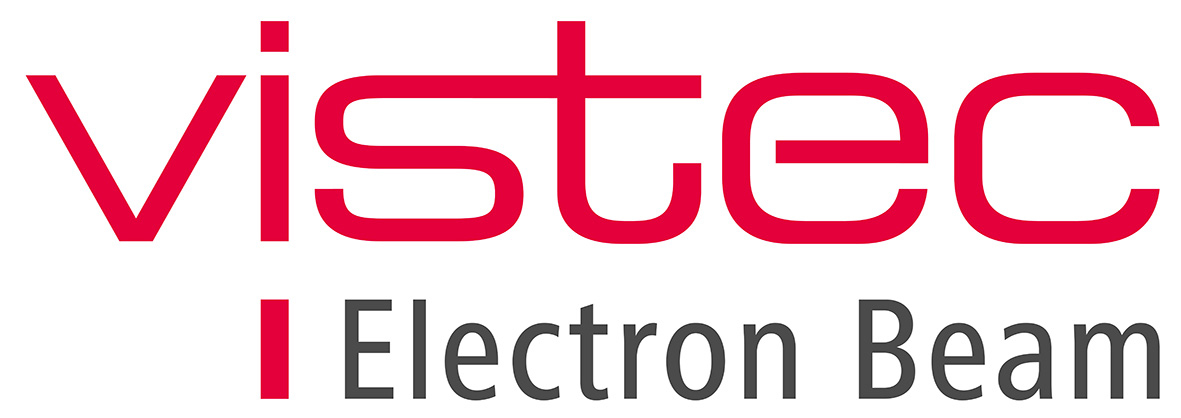Epichem finds the right chemistry with global giant Sigma-Aldrich
Epichem s February 2007 merger with Sigma-Aldrich s fine chemicals (SAFC) division, now establishing itself under the SAFC Hitech brand, has highlighted the new importance of the relationship between chemistry and mainstream semiconductor processing. And it has brought into even sharper focus the concept of "convergence" – where the often disparate silicon and compound semiconductor industries benefit from shared ideas relating to materials, processing and devices.
![]()
Founded by Barry Leese and Graham Williams in 1983, Epichem s initial focus was on silane, but, over the intervening 24 years, the UK company has become far better known for its expertise in metalorganics, the often nasty materials like trimethylgallium, as well as group V precursors phosphine and arsine. Because of the materials-driven nature of the compound semiconductor industry, where fine-tuning the proportions of different elements in epilayer structures is critical to LED or laser-diode design, the relationship between the metalorganic suppliers, the epitaxy equipment vendors and the device manufacturers has been very close and highly collaborative.
"The way that we developed Epichem in the first place was to have very close collaborations," explained Leese. "In the UK at first, with the likes of British Telecom to develop visible lasers. And the only way that we could develop the right chemicals, with the right purity, was to work with them to grow the layers, and then get their feedback."
In silicon, things have traditionally been different. The development of faster transistors and higher-density memories has relied on physical processes, typically by scaling device features to smaller and smaller sizes. "For years, the silicon industry hadn t had to worry about [materials], because it had been able to shrink using lithography," explained Leese.
But in recent years, with the major silicon players anticipating the problem of leakage associated with extremely thin layers of silicon dioxide used in the gate oxide, that emphasis is changing. Intel is preparing to ramp production of its 45 nm node Penryn processors, and IBM and Texas Instruments are following suit with similar processes. The acquisition of Epichem by SAFC and the merged entity s targeting of mainstream semiconductors is a clear sign that the silicon industry is becoming materials-driven.
Despite its great success in high-brightness LEDs, where it is a key supplier, Epichem by itself simply wouldn t have been able to service the needs of a company like Intel. "When you move from III-V to mainstream silicon, the scale of the operation just goes up – the volumes, the levels of service that are needed. These are nice things, but they are really demanding," said Leese.
The key materials that the silicon giants want, and want in large volumes, are precursors of high-k dielectrics and the metals that are needed in new transistor gate structures. A lot of the detail, particularly on the metal gate composition that sits on top of the gate oxide, remains a closely guarded secret. But metals like aluminum, hafnium and barium are key, and they are grown using epitaxy-like techniques including atomic layer deposition. This means that volatile sources of the metals are needed, and points inevitably to metalorganics.
![]()
Following the post-bubble dip in the III-V business, Epichem decided to put much of its developmental resources into the high-k dielectric area, in the process attracting investment funds from no less than Intel Capital. It now lists nine different hafnium metalorganics, including hafnium tetrachloride, among its products, as well as six tantalum precursors and various others for zirconium, niobium and more. In fact, it seems that almost the entire range of transition-metal elements is covered.
Prior to SAFC s intervention, the problem Epichem faced was one of scale. As Leese says, the company was of a size commensurate with the LED business, not the silicon industry. SAFC s motivation, largely stemming from a desire to change the wider perception of Sigma-Aldrich as a supplier of specialist molecules to research chemists, was one of diversification from the life sciences. Allied to that was a realization that the silicon industry suddenly needed specialist chemicals, and needed them in bulk quantities.
Geoff Irvine is the director of commercial development at SAFC Hitech, the business unit that Epichem is now at the heart of. "To do what the [silicon] industry is clearly needing – because they re looking everywhere for the solutions and not finding them – you need to be working in a very collaborative way, which is what Epichem built its reputation on in the early years.
"They [Epichem] had established themselves, had credibility in the marketplace, had the early-stage customers; but they had no commercialization pathway for these materials, or the financial fortitude to really put the sort of thing in place that you need for this industry."
Armed with a PhD in organometallic chemistry from the University of Auckland, perhaps it is no surprise that Irvine clearly saw the potential that Epichem had, and what it lacked. That s when an acquisition started to make a lot of sense. Coupled with SAFC s highly developed manufacturing footprint, which uses 36 production facilities all around the world and shares them between different parts of the business to reduce overhead costs, Epichem could maintain its collaborative, customer focus and scale up too. "It really was a marriage made in heaven , when you look at the deal logic," Irvine said.
![]()
The scale of the silicon semiconductor materials market as it moves into the high-k era and beyond is clearly the major reason why SAFC decided to buy Epichem, but Irvine is quick to dispel any suggestion that the compounds sector is an afterthought: "It s a combination of both, because it provides us with access to a new market that s growing very, very strongly, especially in HB-LEDs."
"We re going to continue to invest in that area to sustain growth. Now we re all in a [world] where energy costs are soaring and people are looking for efficiency, so it makes sense to stay in that area. Even within our own Hitech business, it stands to reason that you don t want to be a pure-play – you benefit internally and in the marketplace by participating in aligned industry segments."
That sounds like a clear indication that semiconductor industry "convergence" is becoming a reality. Prior to the SAFC deal, Epichem s annual sales revenues of $40 million were dominated by demand from the LED market – demand that is sure to grow with the burgeoning desire to use solid-state sources in backlights, automobiles and general lighting. But with the growth curve for silicon applications only just taking off, Irvine and Leese are in no doubt about how that sales split will change.
"From what we can see, the DRAM people have been the ones who have taken on board the new technologies [and materials] quickest, whereas the microprocessor people are much more conservative, but that s now coming through," said Irvine. "[Silicon s] got to be bigger in the end, because it s just a much bigger market. And it s going to shift the SAFC Hitech revenue balance that way."
As the co-founder of Epichem, you might think that Leese has concerns about the business losing some of its identity after being "swallowed whole" by a global firm of the magnitude of Sigma-Aldrich, with its 7600 employees and annual sales close on $2 billion. Not a bit of it: "The combination will enable the Epichem approach to happen more elegantly and more quickly than we could have done as an independent firm," Leese said.
"They didn t want to pull us apart, and I m the president of SAFC Hitech. We can scale up much quicker, and with extra resources we can go into other areas that we were really unable to as Epichem, like solar cells. We re not allowing the larger corporation to change us."
Maintaining customer focus while servicing huge clients and overseeing major production scale-up is the challenge for Leese now, but it seems that the move towards convergence is benefiting him and his new colleagues already.


































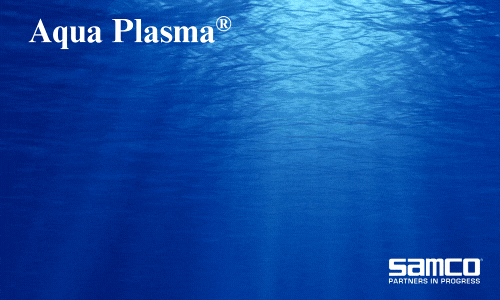
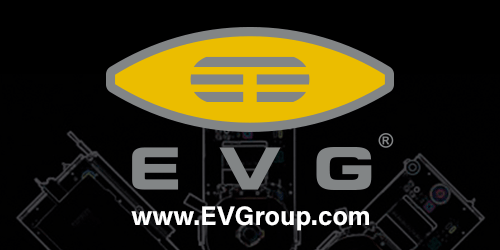
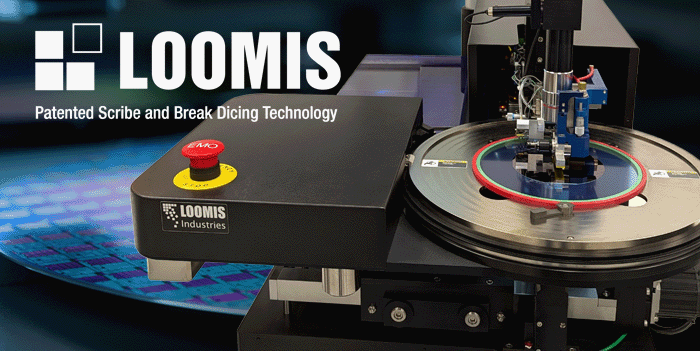


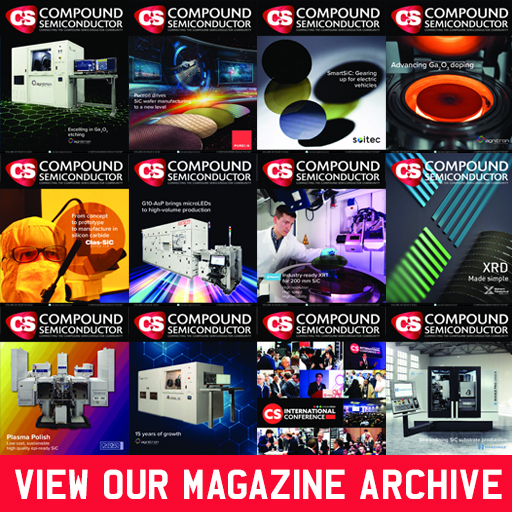















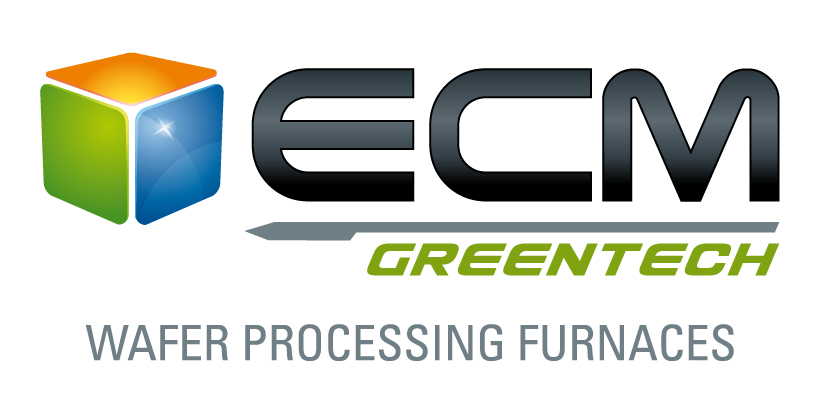



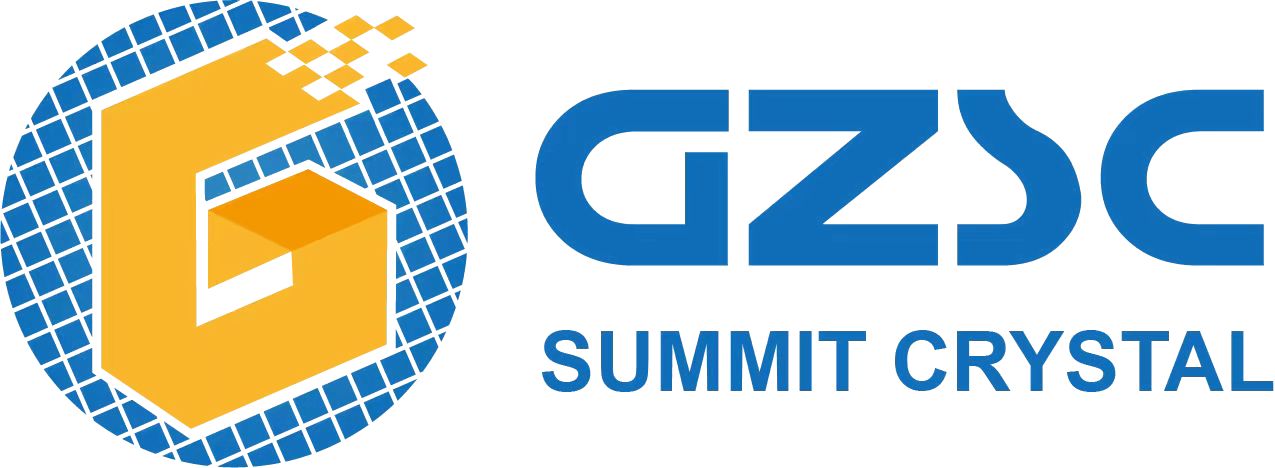


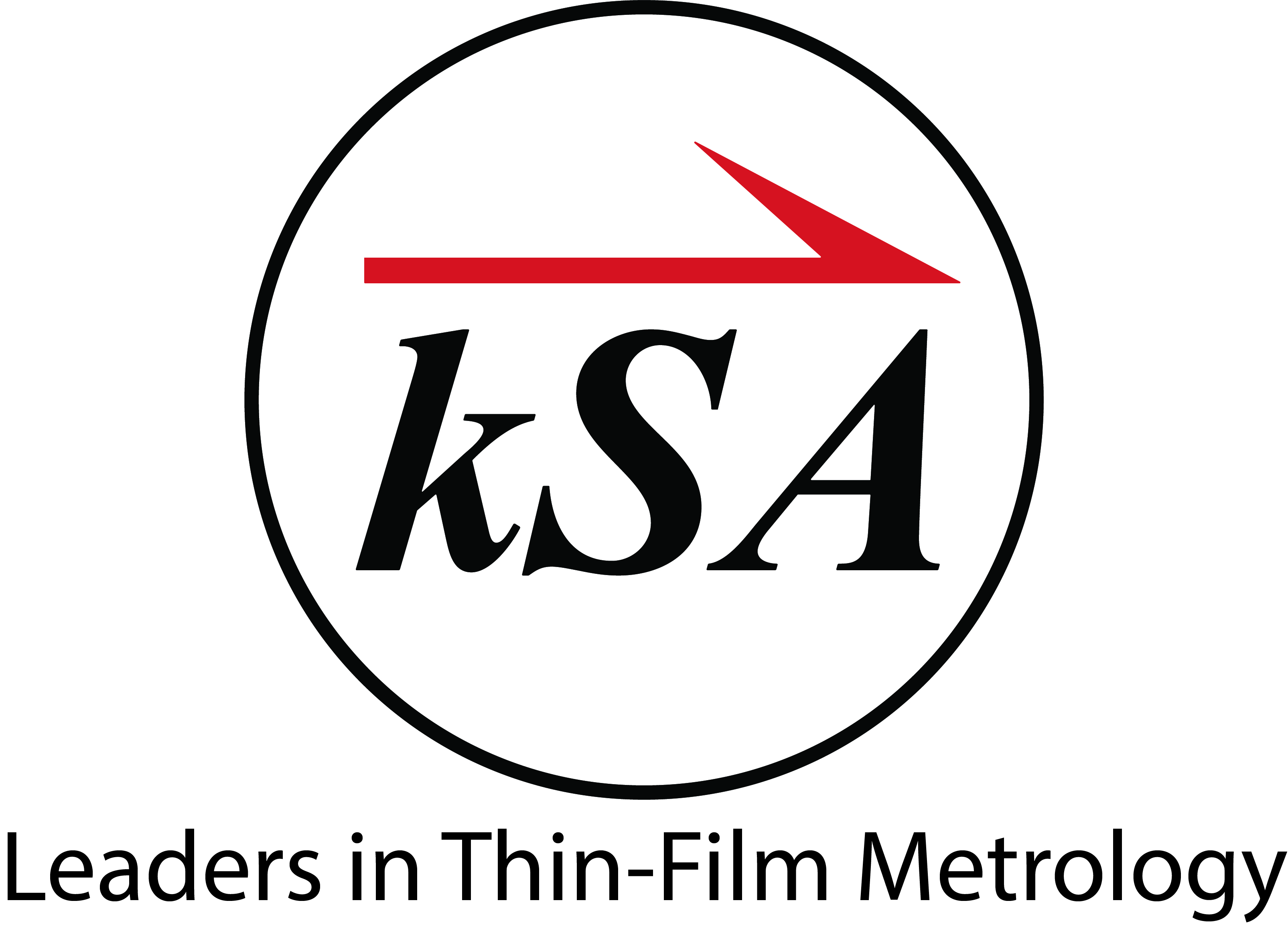

.jpeg)

